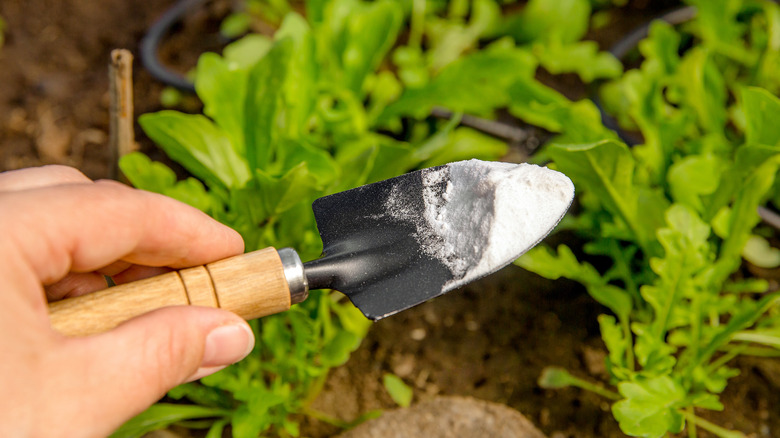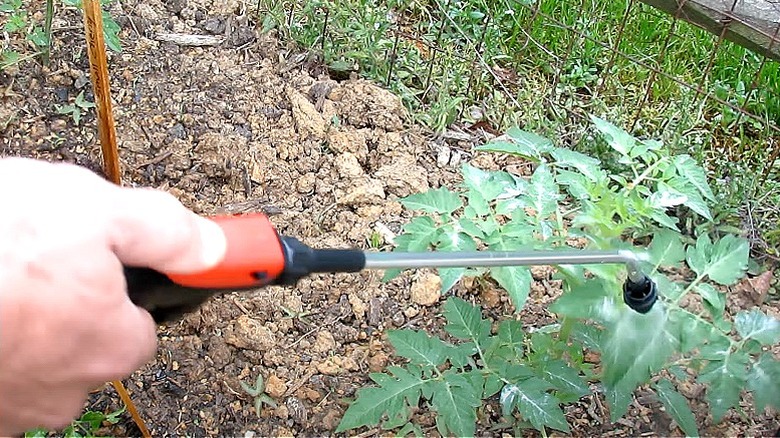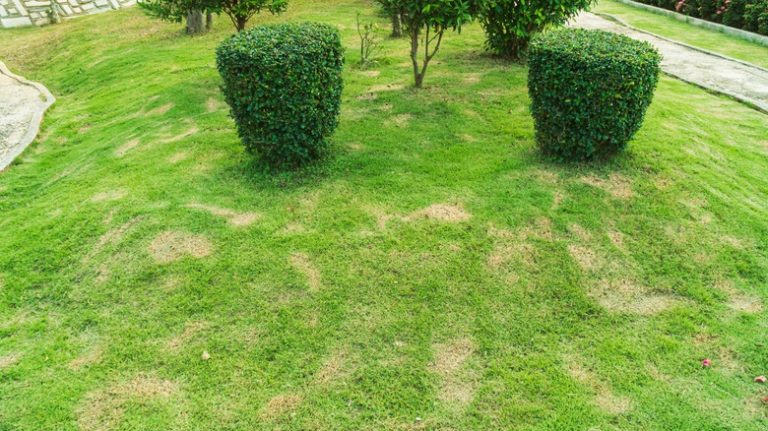“A spoonful of sugar helps the medicine go down,” but when it comes to your tomato plants, a sprinkle of baking soda performs sweet miracles. Yes, that humble box of baking soda is much more than your mom’s secret ingredient in her mouth-watering chocolate cake. In this case, it can help your tomato plants thrive, fostering an abundant crop of plump, juicy fruits.
Picture it. Your garden becoming an unwelcoming place for pesky pests like aphids, snails, slugs, and even those infamous rabbits (you may now envision yourself as a gardening superhero), all through the introduction of baking soda. Plus, baking soda is a natural fungal disease repellent. But note the compound won’t sweeten your tomatoes or coax them to flower lucidly — leave that to plant nutrients and sunlight.
As with all secret concoctions, timing and measurement are critical when using baking soda for tomato plants. Depending on your mission, you can shower the powder at the base of your tomato plants or douse the leaves with a baking soda solution. However, restraint is the name of the game here. It’s best to test the aftereffects of either approach on a few plants. In addition, your newfound ally detests overindulgence unless you fancy watching your plants join the choir invisible due to an overabundance of sodium. Don’t also forget to practice vigilance with the mercury level (temperature, of course).
Baking soda benefits for tomato plants

By addressing common garden problems, baking soda can help your tomato plants thrive. Consider, those dreaded fungal diseases — powdery mildew, leaf spot, anthracnose, blight — that feast upon your lovely tomatoes, etching their ominous designs on leaves and fruit alike. With its mild-alkali armor, baking soda ruthlessly disrupts the unruly party of fungi spores, rendering your garden a less-than-favorable abode.
Now onto the meddlesome pests: aphids, slugs, snails, and the occasional rabbit. They nibble and, worse, can maim your precious tomato plants. Baking soda enters the scene again. In a plot twist straight out of a murder mystery, it releases carbon dioxide when ingested, leaving most critters gasping for breath. Meanwhile, the unassuming slugs meet their Greek tragedy via dehydration, while rabbits retreat, repulsed by the powder’s scent.
Weeds, meanwhile, are akin to that unexpected distant relative who overstays their welcome. They latch onto your plant’s nutritional resources, besides rendering your garden a picture of neglect. Sprinkling a generous amount of sodium bicarbonate onto these unwelcome guests can end the mess. However, using baking soda for weeds is a double-edged sword, as too much can damage plants and water via sodium infiltration.
Lastly, let’s talk numbers. The sweet spot for most plants lies between a pH of 6 and 7 (via Cornell University). But suppose your soil’s pH strays to the excessive side. Baking soda comes to the rescue by nudging the alkalinity or acidity into the ideal range for your tomatoes.
How to use baking soda on tomato plants

YouTube
Sprinkling a quarter cup of baking soda on the base of your tomato plants can remedy both pH imbalances and pest problems. “Is it safe to put baking soda on tomato plants?” you may ask. Well, be careful where you aim — sodium bicarbonate can wreak havoc on your tomato plants á la an opera diva overdoing a high note. If using baking soda for pH optimization, drench the soil with water post-application to boost absorption. Then, evaluate any shift in soil pH after a week or two.
Averting a potential fungal fiesta? Baking soda spray for tomato plants could be your Houdini card. Concocting this potion requires 1 tablespoonful of baking soda, 1 teaspoon of gentle dish soap, powdered aspirin, and a teaspoonful of vegetable oil (adjuvant) whisked into 1 gallon of water. The aspirin is not for your headache from the pests but to flex the immunity of your plants. And the soap? It’s a surfactant, breaking down oils and wax on leaves to aid contact and enhance results. However, baking soda solution won’t cure infected plants.
And so you might ask, “How often should I spray my tomato plants with baking soda to help them thrive?” Once in seven to 10 days tops the chart. And if temperature readings indicate an imminent heatwave (around 80 degrees Fahrenheit)? Please save the task for a kinder day. Also, conduct a mini-experiment with a couple of tomato plants before unleashing your sodium bicarbonate superpower on a grand scale.




